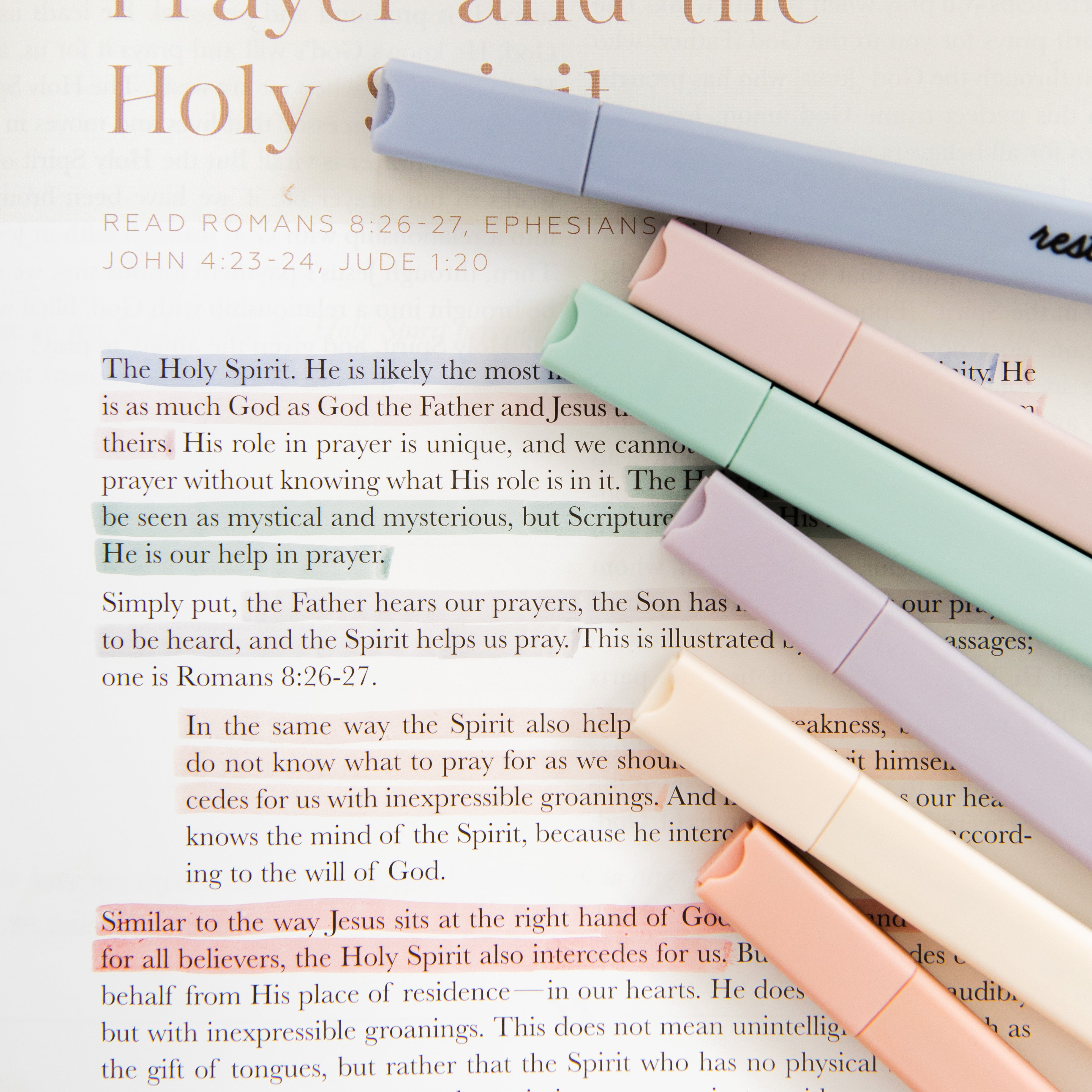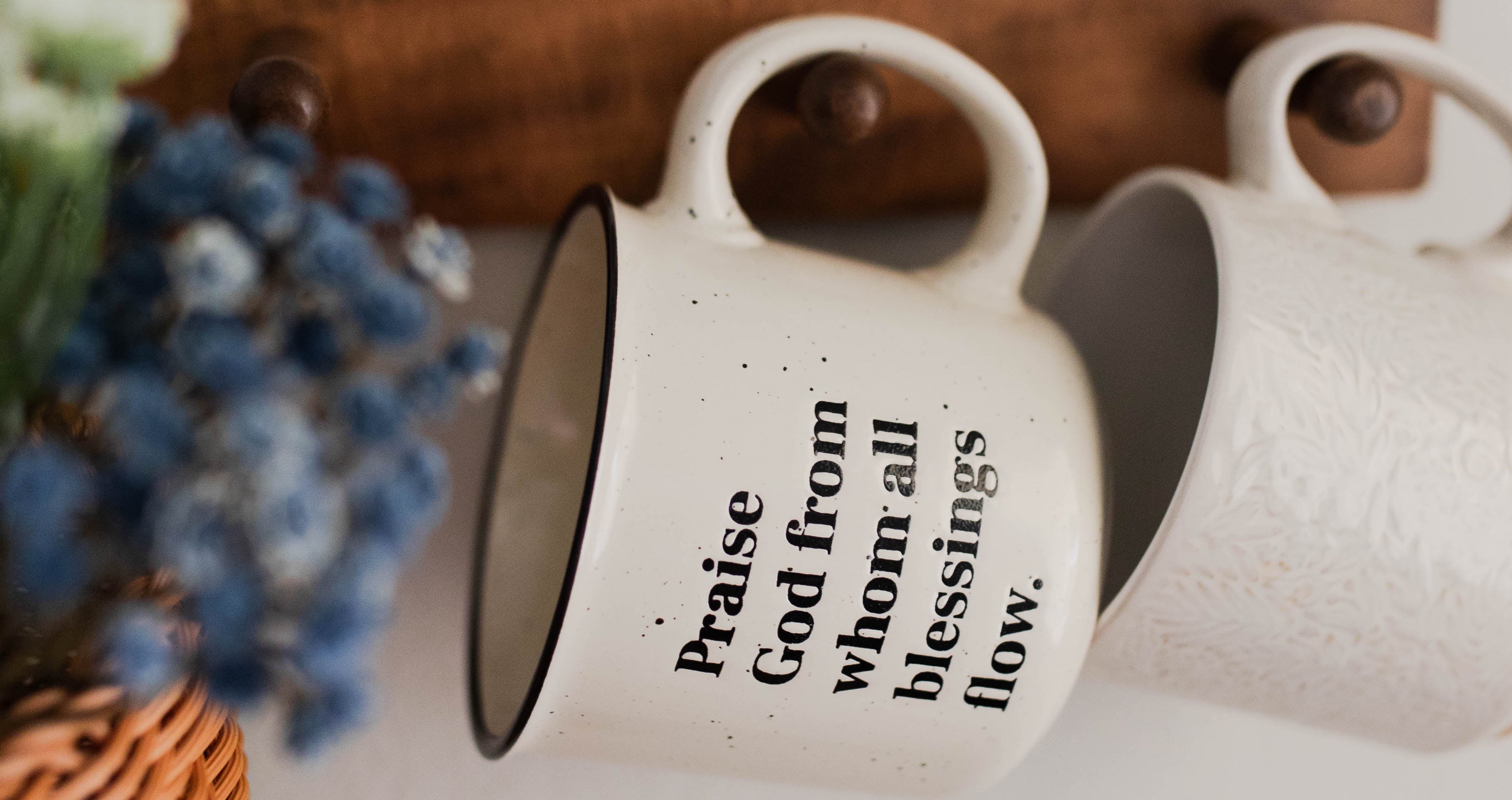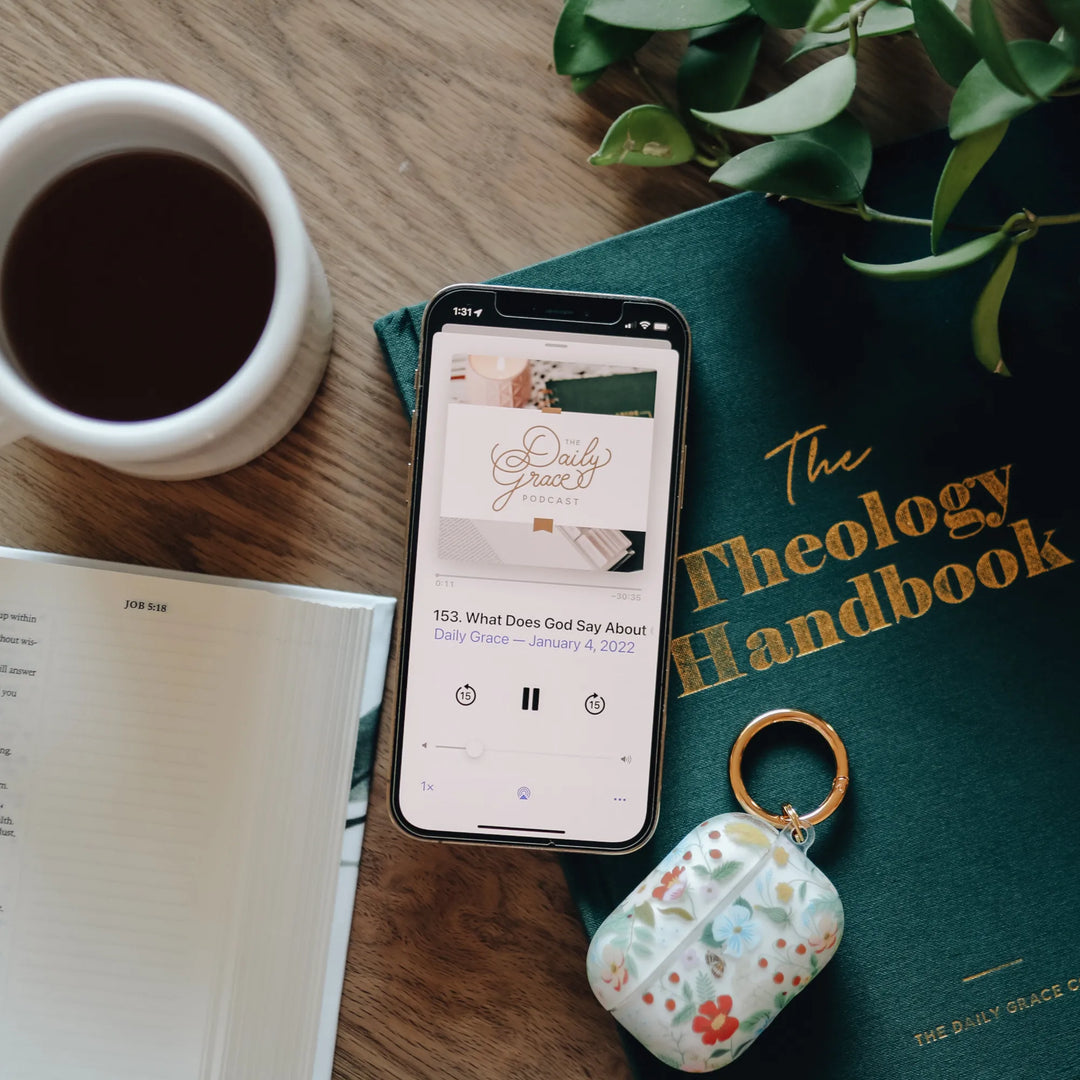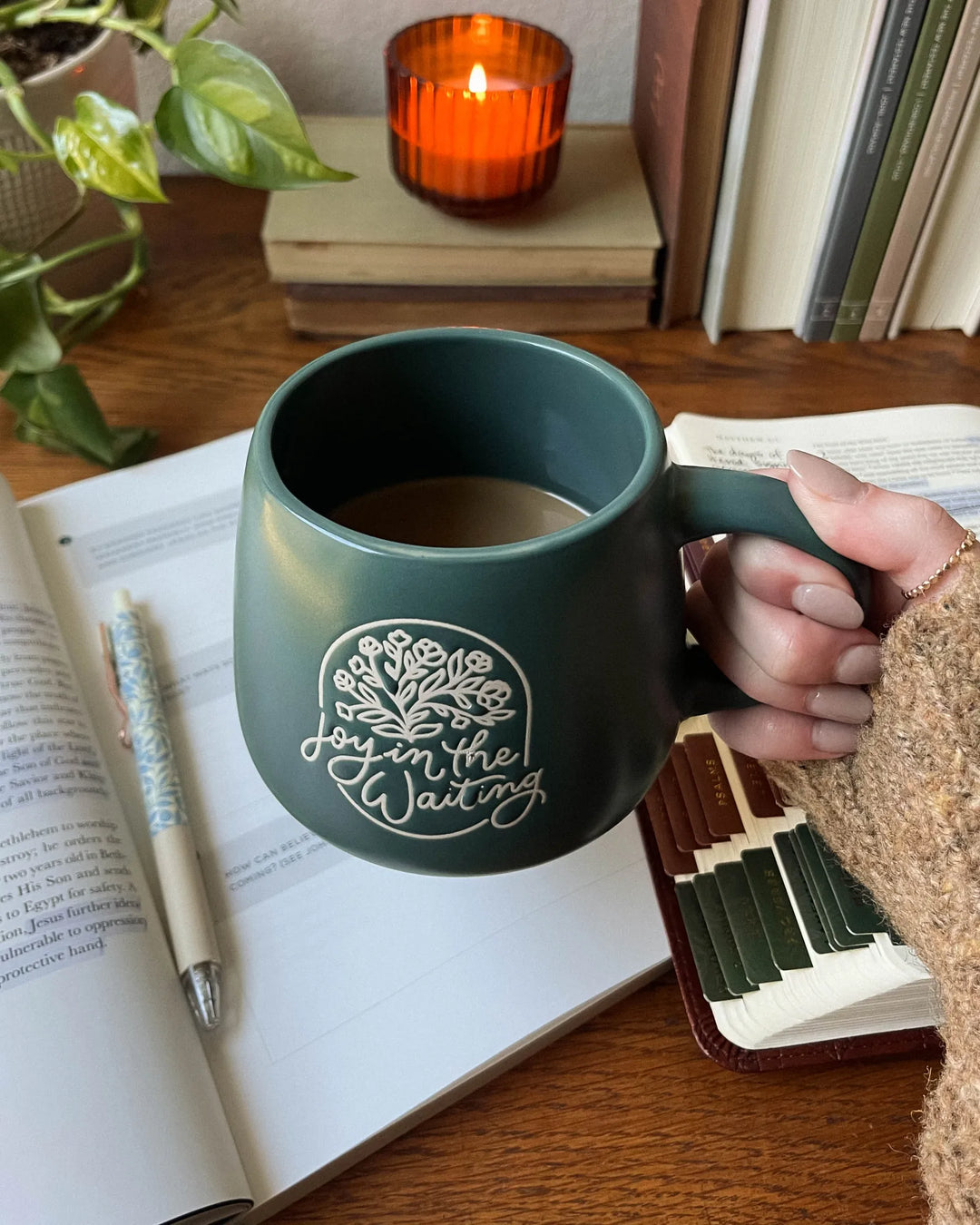As a kid who grew up in church, I felt like an elementary-school expert in everyone's favorite Bible stories. From Sunday School lessons and VBS skits to my favorite episodes of VeggieTales, I was well-versed in the classics. I knew all about Noah and the ark, Jonah and the whale, and the feeding of the five-thousand before I could even tie my shoes.
But what I didn't realize at my young age was how all of these seemingly disparate Bible stories worked together. After I accepted Christ and began to grow in my faith, I became fascinated by the way all of the Bible is interconnected. Like a beautiful tapestry, every passage, verse, and detail of Scripture is interwoven, working together to tell one grand narrative. The story of Scripture is the story of our redemption.

As we study Scripture for ourselves, we see evidence that Jesus was God's plan all along. How do we know this? The prophecies, promises, and intentional details God includes throughout His Word serve as signs that point us to Jesus, every step of the way. The more you read your Bible, the more you will discover that Scripture is filled with these connection points. Surely, Jesus was God's plan from the very beginning.

There are countless examples of this, but there is one in particular that I would love to draw your attention to as we continue our journey through the Lenten season. And it has to do with a seemingly small detail in John's account of Jesus's crucifixion.
***
In John 19:31–34, we are told that, as Jesus and two other criminals suffered through crucifixion, the Jewish leaders asked the Roman authorities to break their legs. Why? Essentially, breaking a criminal's legs during crucifixion would speed up the process of death as it would prevent him from pushing his body up on the cross to be able to take a breath. Soon after, he would die of complete suffocation.
It was the day before the Sabbath, and it was getting late. The Jewish leaders did not want Jesus to remain on the cross on the most holy day of the week–they wanted him to die, and they wanted him to die quickly.
The soldiers complied with this request, starting with the criminals who hung on either side of Jesus. But when they got to Jesus, they stopped. Scripture tells us, "They did not break his legs since they saw that he was already dead" (John 19:33).
Why does this matter?
Earlier in John's gospel, John the Baptist had referred to Jesus as "the Lamb of God, who takes away the sin of the world" (John 1:29). With this declaration, John the Baptist clearly pointed to a significant symbol in the Israelites' history.
***
In Exodus 12, right after God delivered the Israelites from slavery in Egypt, He gave Moses and Aaron very specific instructions for how they were to celebrate and remember the Passover going forward. They were to eat a yearly Passover meal consisting of a year-old sheep or goat. However, some of the commands God gave for this sacrificed animal might have seemed oddly specific, including this one: "You may not break any of its bones" (Exodus 12:46).
After celebrating the Passover meal–the Last Supper–with His disciples, Jesus willingly gave His life. Just as John the Baptist said, He sacrificed Himself as the one true Passover Lamb to take away the sin of the world.
And, as God commanded from the very first Passover, not one of our Savior's bones was broken.
The psalms also point to this beautiful, symbolic detail that would be fulfilled in the Messiah's death, perhaps most specifically in Psalms 22 and 34.
A psalm of David, Psalm 22 opens with what would be Jesus's last words on the cross: "My God, my God, why have you abandoned me?" (Psalm 22:1, Mark 15:34). As David's lament continues, he goes on to foreshadow a few very specific details about Christ's death: "they pierced my hands and my feet," "they divided my garments among themselves," and "they cast lots for my clothing" (Psalm 22:16, 18). In the middle of these verses, David also points to one more interesting detail about Christ, the Suffering Servant: "I can count all my bones; people look and stare at me" (Psalm 22:17).
In Psalm 34, we find another interesting detail that foreshadows Jesus's crucifixion. David writes, "One who is righteous has many adversities, but the Lord rescues him from them all. He protects all his bones; not one of them is broken" (Psalm 34:19–20).
***
Surely, this detail we find in John's crucifixion account isn't incidental. It wasn't a coincidence that the Roman soldiers decided it was unnecessary to break Jesus's bones. Instead, this detail serves to prove a greater point: that this Man who hung on the cross truly was the perfect Passover Lamb. He was the One pointed to in prophecies of old; He was the One God planned to send from the very beginning of the world.
Psalm 34 goes on to remind us of an important truth: "The Lord redeems the life of his servants, and all who take refuge in him will not be punished" (Psalm 34:22).
Jesus's punishment on the cross served a purpose–it saved us from what should have been our own death. Truly, Jesus is the Lamb of God who takes away the sin of the world. And because of this truth, we can trust Him.
As we look toward the hope of Easter, may our understanding of this small yet intentional detail in Scripture lead us to greater praise of the perfect Passover Lamb. May it lead us to worship the Author of Salvation, our God Himself. From the beginning to the end, God has been working His plan of redemption on our behalf, and we can have full confidence that He will be faithful to complete it (Philippians 1:6).

***
Want to learn more about how the whole Bible works together to tell one cohesive story? The Story of Redemption is a four-volume study that walks through the entire Bible in one year. This study highlights how each chapter of the Bible points to Jesus Christ and where it fits in the big-picture story of Scripture, the story of redemption. Learn more here. 
Sources consulted:
- Good info: https://www.biblegateway.com/blog/2012/02/questions-about-easter-what-is-significant-about-the-lamb%E2%80%99s-bones-not-being-broken/
- https://onelifechurch.org/2019/02/why-was-it-a-big-deal-to-not-break-any-of-jesus-bones/ 
- How did crucifixion kill? https://www.theguardian.com/science/2004/apr/08/thisweekssciencequestions#:~:text=To%20speed%20death%2C%20executioners%20would,even%20if%20they%20were%20unharmed. 
- https://www.ligonier.org/learn/articles/suffering-and-glory-psalm-22 
- https://www.gotquestions.org/Day-of-Preparation.html 










